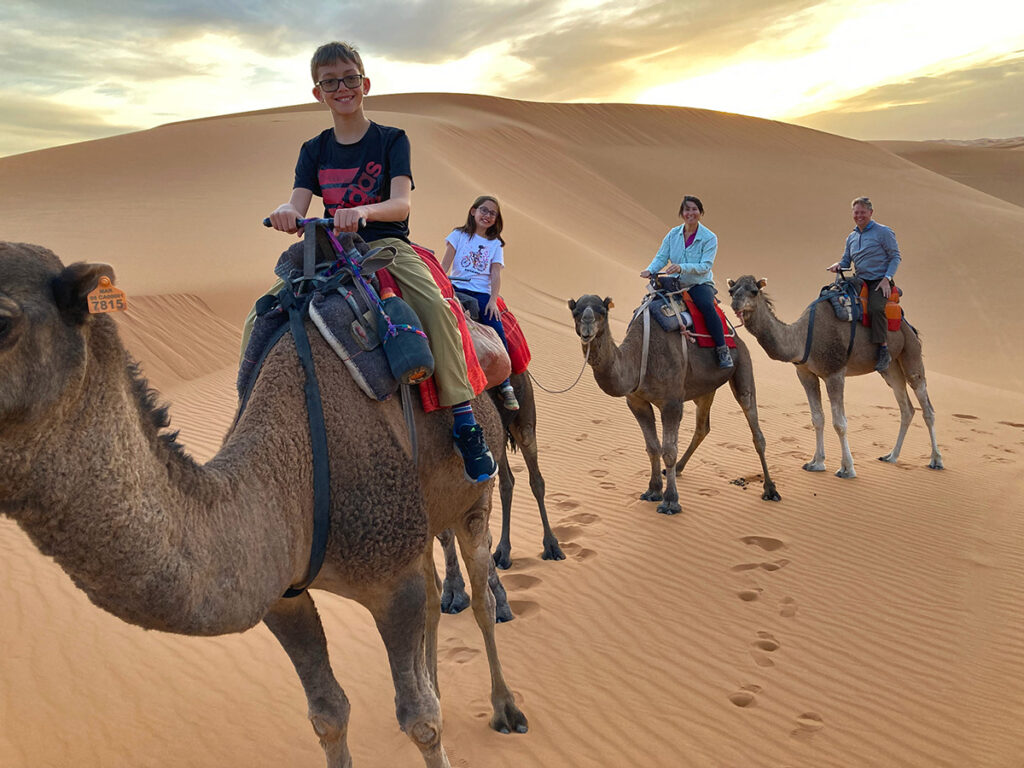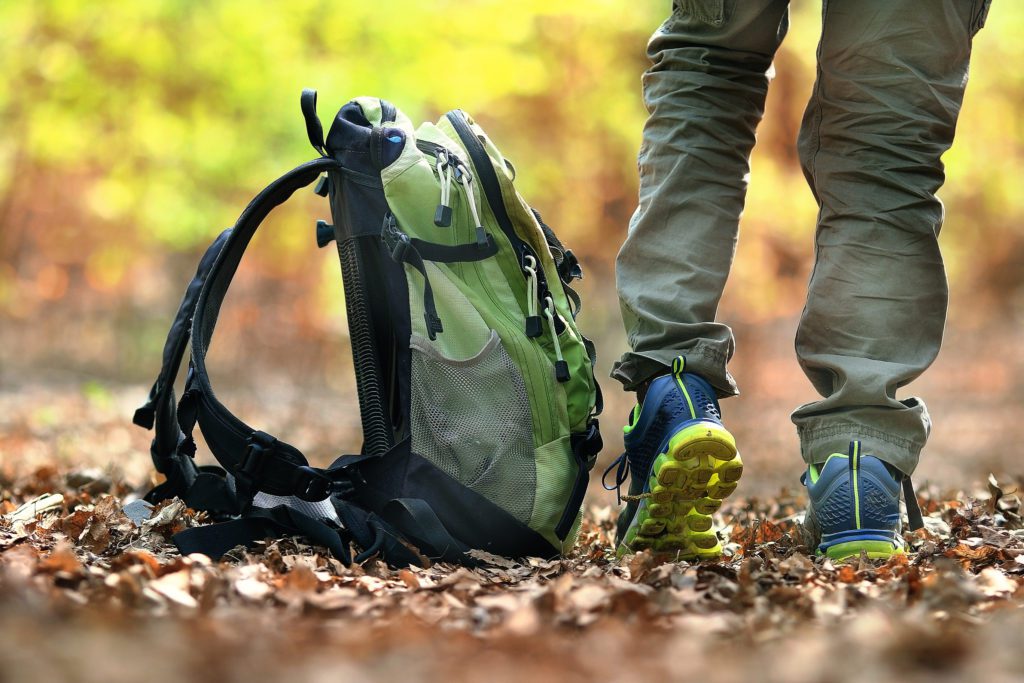Your family is preparing to explore geothermal pools, geysers and incredible wildlife on your Yellowstone Winter Family Adventure. But how do you pack?
We’ve compiled the following tips and lists with help from our partners who work and travel in the Yellowstone wilderness in the wintertime. You’ll find expert guidance and insight perfect for your itinerary!
Why Visit Yellowstone in Winter?
Yellowstone in winter is the park of your dreams: snow-topped, quiet and meditative. Families have found that the active adventure balances well with the chill of the winter months, so there’s no need for too many cumbersome layers. They have also mentioned that they experienced smaller crowds, epic wildlife and a broad array of photography opportunities when they traveled to Yellowstone in winter.
[Read: When is the best time to visit Yellowstone?]
What to Expect
The National Park Service recommends guided excursions if you want to see Old Faithful, the Grand Canyon of Yellowstone, the Upper Geyser Basin and other popular destinations in Yellowstone during the winter. Our itinerary is guided from the moment you step off the plane to the moment you depart, meaning you are never without someone who knows and works in the land.
Average December Snowfall: 13.5 inches
Average January Snowfall: 14.5 inches
Average February Snowfall: 10.4 inches
December High/Low Temperature: 26° / 4° Fahrenheit
January High/Low Temperature: 28° / 3° Fahrenheit
February High/Low Temperature: 34° / 13° Fahrenheit
Packing Tips
- Layers are key to comfort. Some travelers are tempted to dress in thick, warm clothes for wintertime Yellowstone, like they would for downhill skiing. However, your Yellowstone Winter Family Adventure itinerary is active and aerobic, and you’re likely going to overheat if you wear too much. You should plan to dress as though you are going for a run (Your guide will provide a How to Layer demonstration at the beginning of your trip!).
- Don’t head into the park with all your layers on. Too much heat under your clothes will cause you to sweat, which will turn cold and make you chillier than you otherwise would have been. We recommend planning to head out each day in your base layers while keeping the rest in your daypack.
- Pack cotton for inside use only. Jeans, sweatshirts and other cotton items absorb sweat and will turn into refrigerators the longer you spend in cold weather. When dressing for the Yellowstone outdoors, try non-cotton gym clothing and nylon.
- Be prepared for swift changes. Yellowstone sits on a plateau 6,000 feet above sea level, and the atmospheric conditions can vary significantly during the day. Plan to have your layers in an easily accessible spot in your daypack.
- Laundry is available on your Yellowstone Winter Family Adventure Save packing space by planning which clothing items you will reuse. The following lists have been created to reflect this availability.
- Helmets are not needed for snowshoeing or cross-country skiing.
Your Yellowstone Packing List
Clothing
- Two to three medium-weight pairs of underwear that will preferably wick moisture away from the body.
- One lightweight fleece or wool shirt/sweater
- One medium-weight fleece sweater/jacket
- One down vest
- One waterproof jacket with hood that should stop wind but remain breathable.
- One pair of nylon wind pants (we prefer Goretex brand)
- Two pairs of gloves. Mittens are ok, but a little cumbersome for your itinerary’s activities. Your hands are also more likely to sweat in mittens.
- One hat that covers your ears
- Four pairs of light sock liners
- Four pairs of wool socks
- Two buffs or neck gaiters, preferably of a make that will cover your face from wind.
- One pair of sturdy, waterproof winter boots. Uggs are not recommended, as they will quicky get wet.
- Athletic sandals are recommended if the Boiling River is open to soak in.
- Casual clothing for inside: jeans and a comfy shirt will always be acceptable “Montana Casual!”
Primary Equipment
- Daypack to be used when you’re out in the park, something large enough to hold your extra layers, water, camera, binoculars, etc.
- Water Bottle
- Sunglasses. Goggles are not recommended, as they will fog up.
- Sunscreen and lip protector. The high-altitude sun can burn unprotected skin quickly.
Additional Gear
- Camera, memory/film and batteries
- Binoculars, though your guide will have a pair your family can share in the park.
- Handwarmers
Read up on your Yellowstone Winter Family Adventure itinerary and reach out to us if you have any questions.


